From Men s Fitness Magazine: "Mistake #3 - Timing squats and deadlifts improperly. These two exercises are the most taxing lifts on the central nervous system, especially the deadlift. This [deadlifting] cannot be done optimally when you're recovering from a squat session."
s Fitness Magazine: "Mistake #3 - Timing squats and deadlifts improperly. These two exercises are the most taxing lifts on the central nervous system, especially the deadlift. This [deadlifting] cannot be done optimally when you're recovering from a squat session."
by Neil Anderson
This seems like a silly notion. It might be true if life was about training. Unfortunately (for these folks), squatting and deadlifting occur in nature. Frequently this happens on back to back days - if not daily, or several times per day (farming, construction working, homemaking, sports, etc...).
It is our experience at GPP that your major muscle groups can/must be trained more frequently than every 48-72 hours. You were absolutely built for this. It is also our experience that calling ANY movement that naturally occurs "wrong" is equally a bad idea. Doing so exhibits a fundamental lack of knowledge, experience and functional understanding of what we are ultimately capable of and built for.

